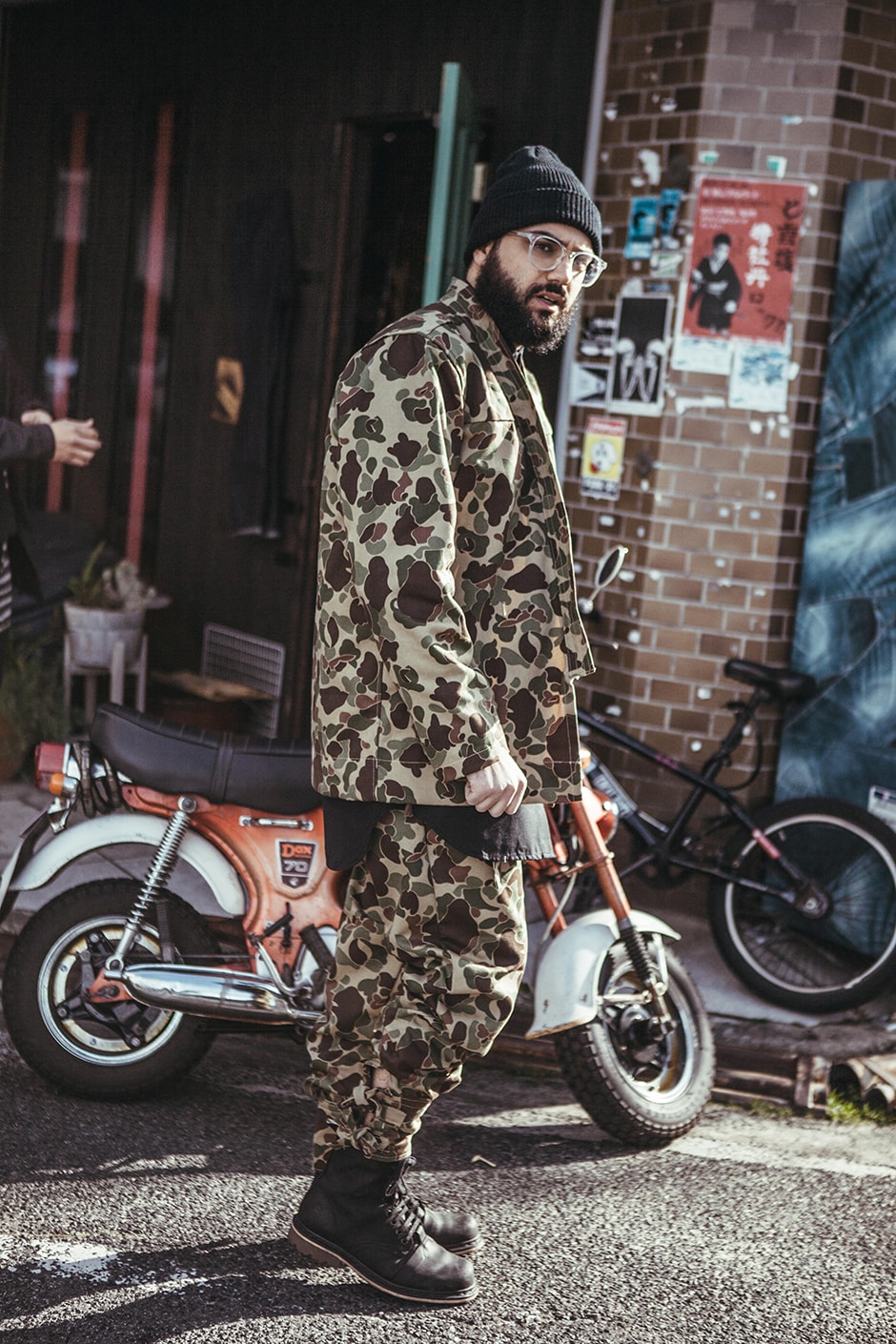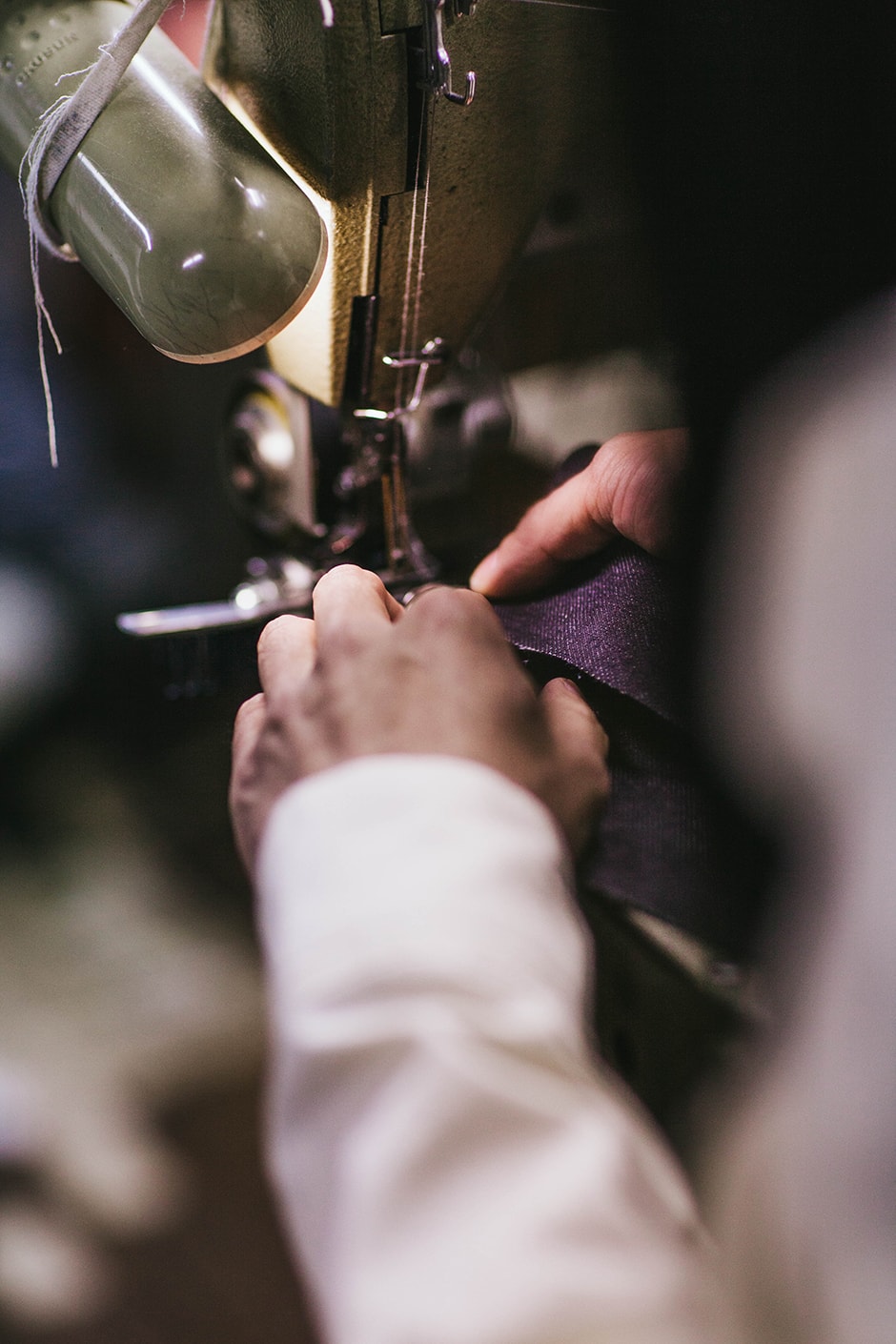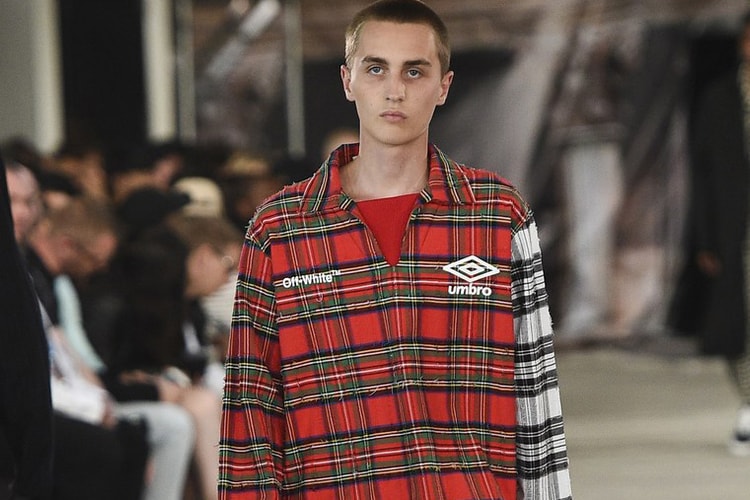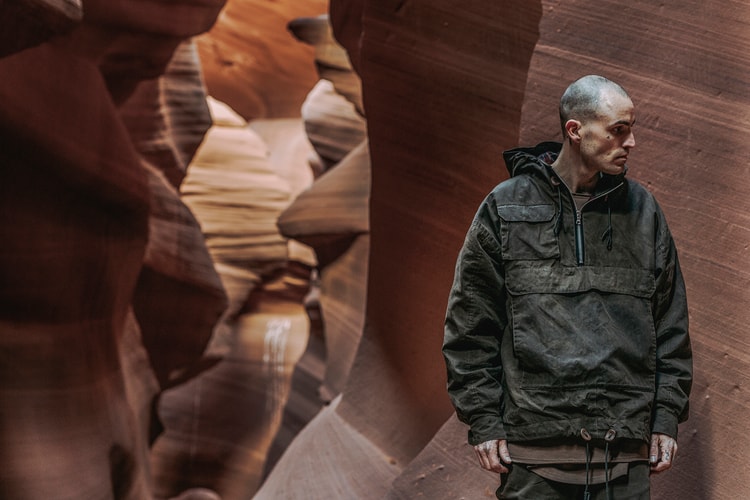The Common-Folk's Joseph Azulay Brings New Life To Historical Japanese Fashion
We talked to the designer about his love of selvedge fabrics and vintage Japanese kimonos.
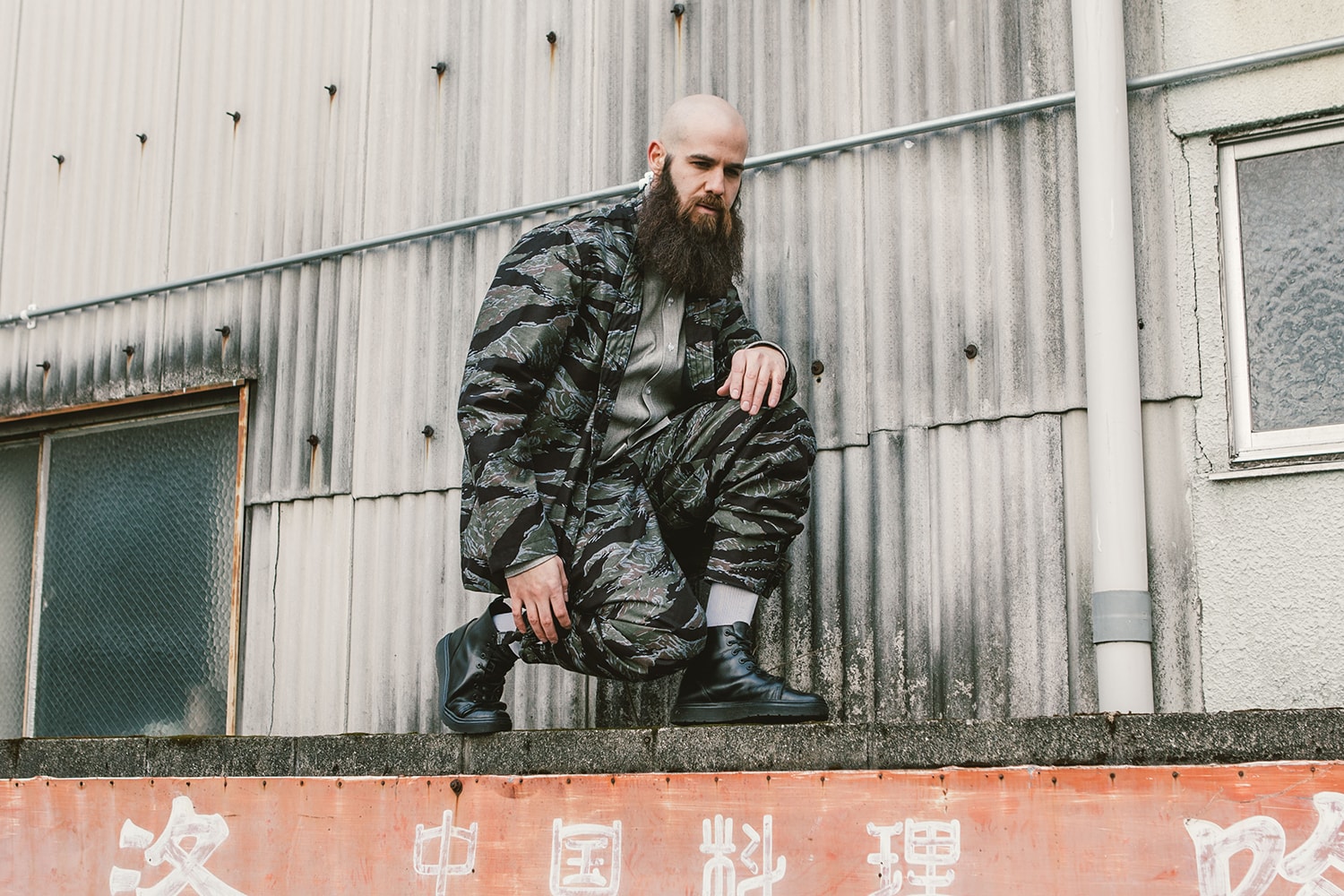
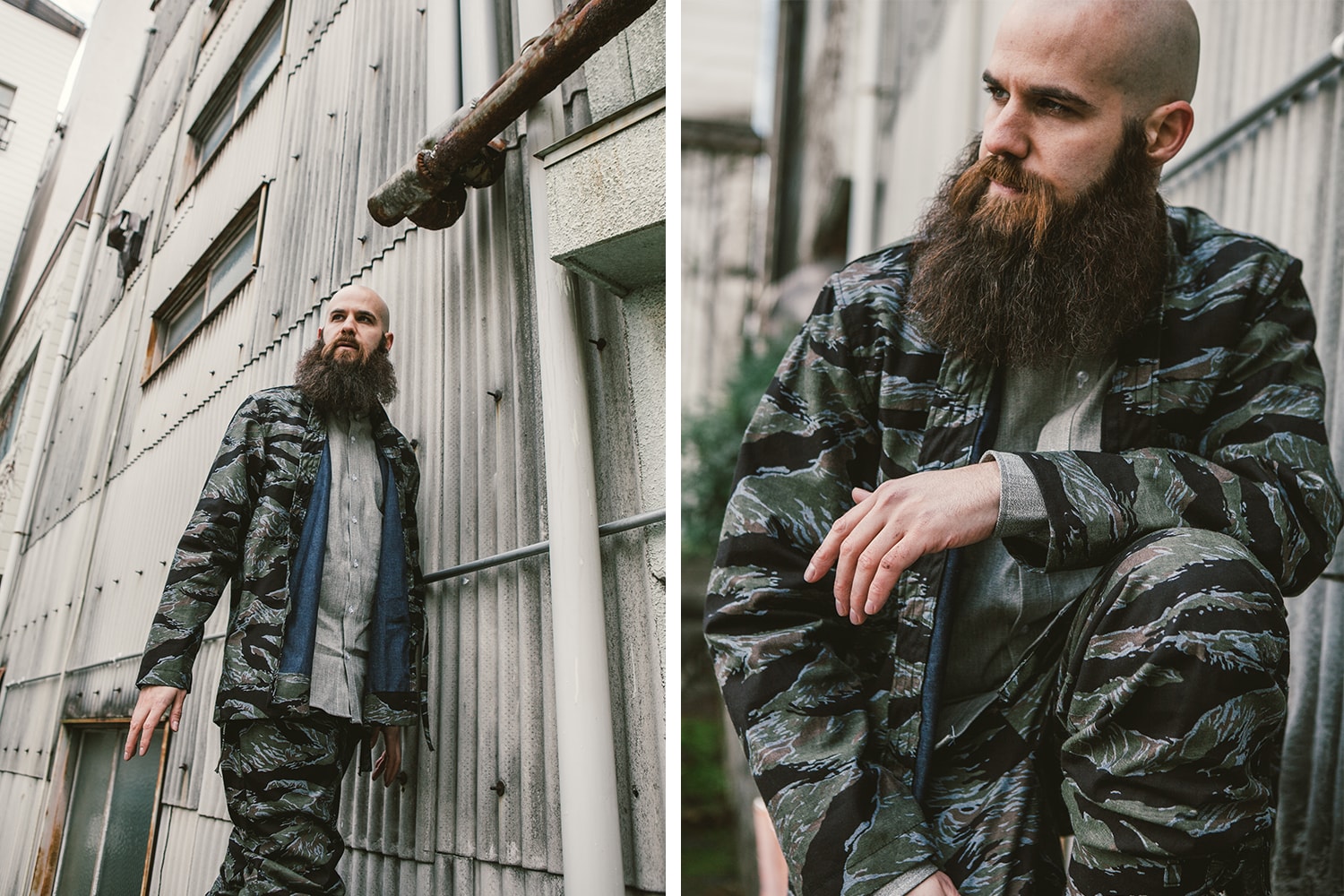

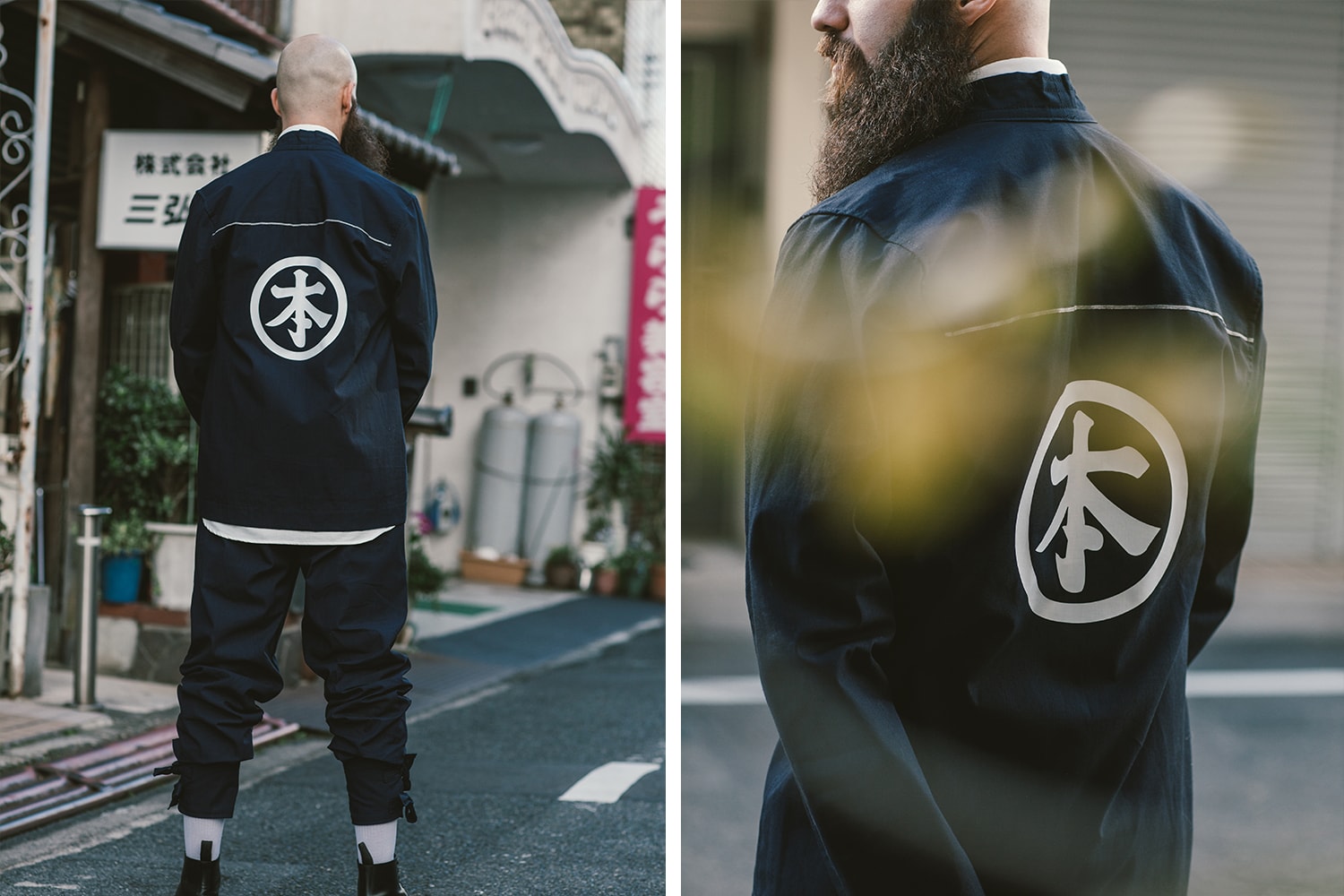
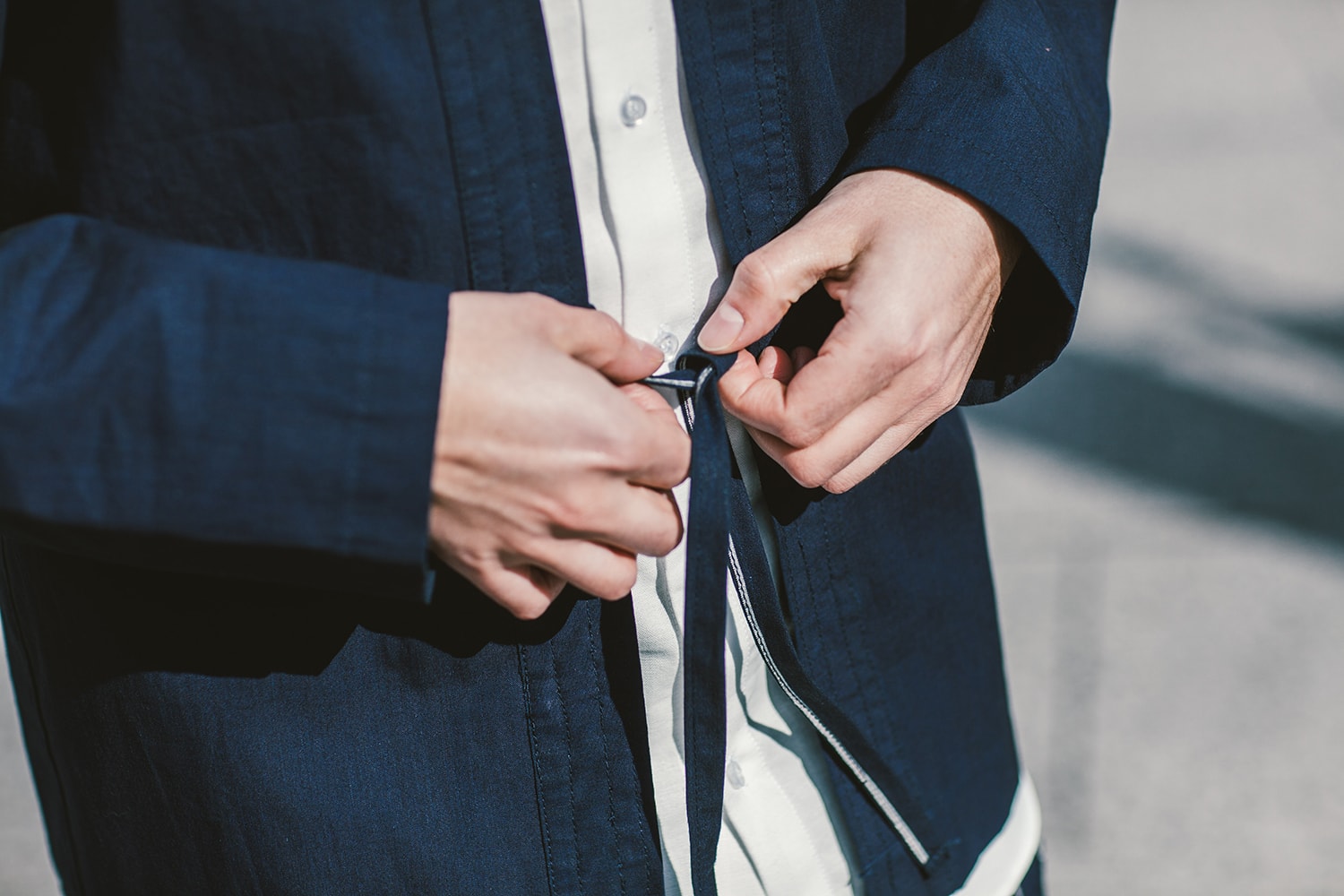
Japan and the United States may be the biggest players in selvedge denim, but their northern neighbor of Canada is slowly making a move into the scene. First came Naked & Famous, the raw denim label made famous by their outlandish creations such as glow-in-the-dark and scented jeans. The Common-Folk is yet another pioneer in selvedge denim, albeit in a very different direction.
Founded by Toronto native Joseph Azulay, the emerging brand merges historic Japanese selvedge fabrics and silhouettes with modern sensibilities. Working closely with fabric mills and denim brands in Okayama, Japan, The Common-Folk brings traditional textile craftsmanship – such as shuttle loom denim weaving and indigo dyeing – to the present. To correspond with The Common-Folk’s launch on HBX, we sat down with Azulay to talk about reigniting interest in historical Japanese fashion and his textile-first approach to design.
I spent years following the fashion industry pretty heavily. I used to buy clothing from regular brands, deconstruct them and put them back together, I guess to add some life to the pieces and make them my own. Eventually, I decided that instead of taking preexisting clothing and redesigning them to fit my own vision, I was going to create my own vision from the beginning.
Did you have an extensive fashion background before starting The Common-Folk?
I’m very close with a lot of the master tailors of Toronto. I spent many years around them, studying them to understand why they constructed garments in certain ways. By the time I created my first apparel collection for Spring/Summer 2016, I was able to make use of the information I learned throughout the years. I ended up not so much being trained in school but being trained out of passion.
What prompted the jump to working with Japanese fabric mills?
I decided that I was only going to start my own brand if I was able to create something special, if the brand had a deeper story involved. Obviously the biggest part of that was the textiles. I went to every local shop in Ontario, Canada, but I wasn’t just finding anything. So I was meant to be travelling with my wife – we had just got married – and we decided to take a trip to Japan. At the time, I had a bit of an obsession with Japanese denim, but the specific idea of selvedge really appealed to me. In short, I ended up paying a visit to Kojima (Japan’s denim capital).
You use a lot of Japanese fabrics besides denim that aren’t quite so well known.
People have the misconception that these Japanese fabric mills are just making denim all day, but that’s not true. Denim is just cotton, and cotton can be spun into all kinds of ways. You end up with twill, seersucker and all kinds of textured fabrics. A lot of the fabrics that I use have a red selvedge edge, are indigo-dyed and are woven on the same looms used to make denim, they’re just a different type of fabric. We did two seasons of accessories – scarves, bandanas, pocket squares, neckties and bowties – just for the purpose of solidifying relationships with the mills and to show off the fabrics. I wanted to show people my vision without going full-out.
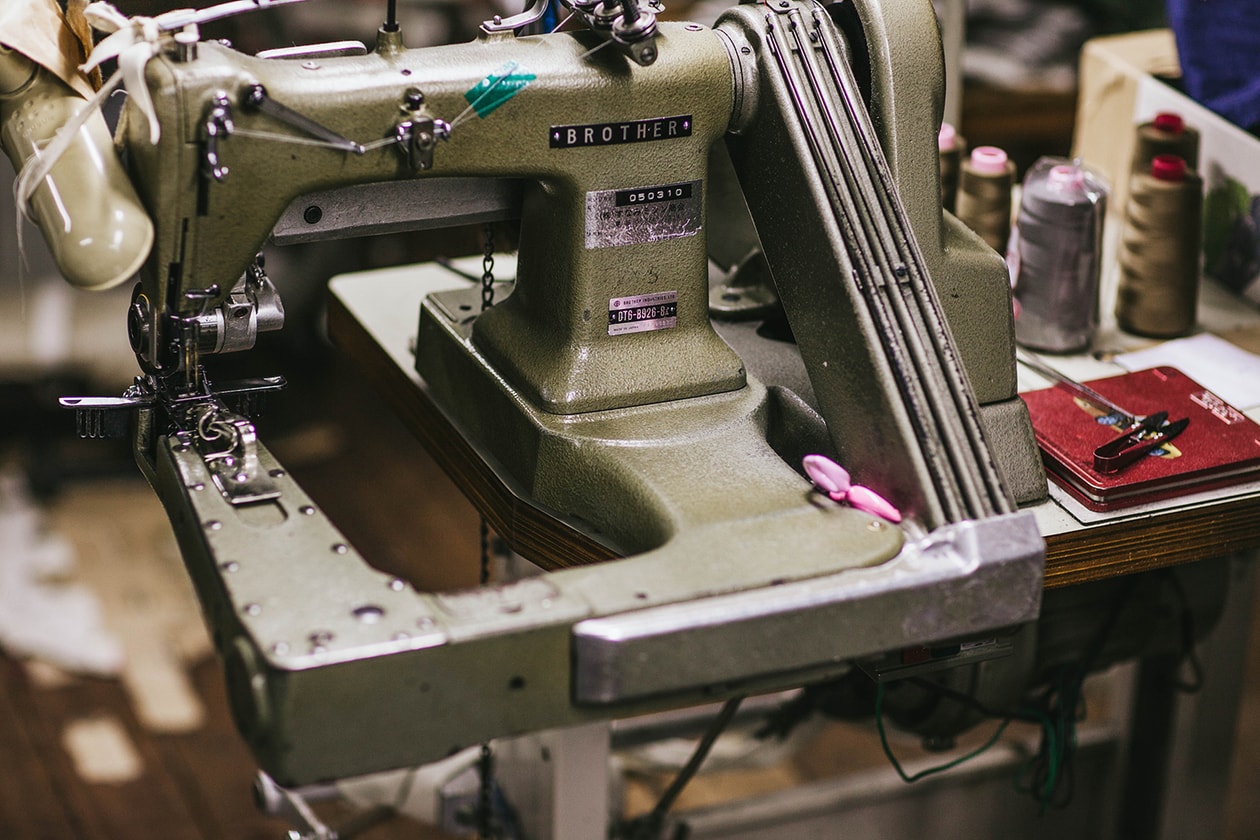
Could you tell us a little bit about the inspiration behind the brand’s creative direction?
I’ve amassed a pretty massive vintage collection of rare Japanese kimono sets from all eras, and it’s a matter of re-imagining those pieces for today. After WWII, Japan tried very hard to Westernize themselves, and they got rid of a lot of the traditional clothing, the royal garb, the family crests – things that I think made them so special. I’m trying to bring that style back – not replicating it but celebrating its differences and bringing it into the present.
What about specific pieces in the Spring/Summer 2016 Collection?
The indigo jacket is made from an lightweight denim with a selvedge hit. It stems from the Yukata, a casual summer kimono, reimagined and printed with an old family emblem on the back which means “original.”
The indigo pants are inspired by the Tattsuke-Hakama, a very exaggerated balloon-baggy type of pant. They were worn by samurais but were also workwear pants. Our version reimagines it for today while still hitting the correct notes – the puff at the bottom, the indigo lightweight denim, the traditional red selvedge that can be seen at the waistband. The ripped cuffs of the pants were designed to be raised in rice paddy fields, but now I want to use that function for the sake of revealing your socks.
What sparked your intense fascination with Japan itself?
What really inspired me were the changes in Japanese fashion before and after the war. Before, Japan was run on uniformity, from its schools to the workforce. It kind of killed the creativity, but people slowly started to rebel in the ‘50s. Japan began its obsession with American culture, and it ended up perfecting American denim. They tried to replicate something, turning it into their own and by far surpassing what the rest of the world was able to do.
The famous Osaka 5 – Studio D’Artisan, Denime, Evisu, Fullcount, Warehouse – they’re really the ones who put Japanese denim on the map. They’re the ones that said, “Why are we doing what everybody else is doing? Let’s try to make our own versions of things.” And some of the things they started off doing were mistakes – for example, some of the textured slub denims they created were not meant to come out like that. But now we look at Japanese denim as the most esteemed in the world. Japan is learning to celebrate its own designers, from Yohji Yamamoto to Junya Watanabe, and coming to recognize what they have. In a similar vein, I want to show everybody what they had before the cultural shift as well.
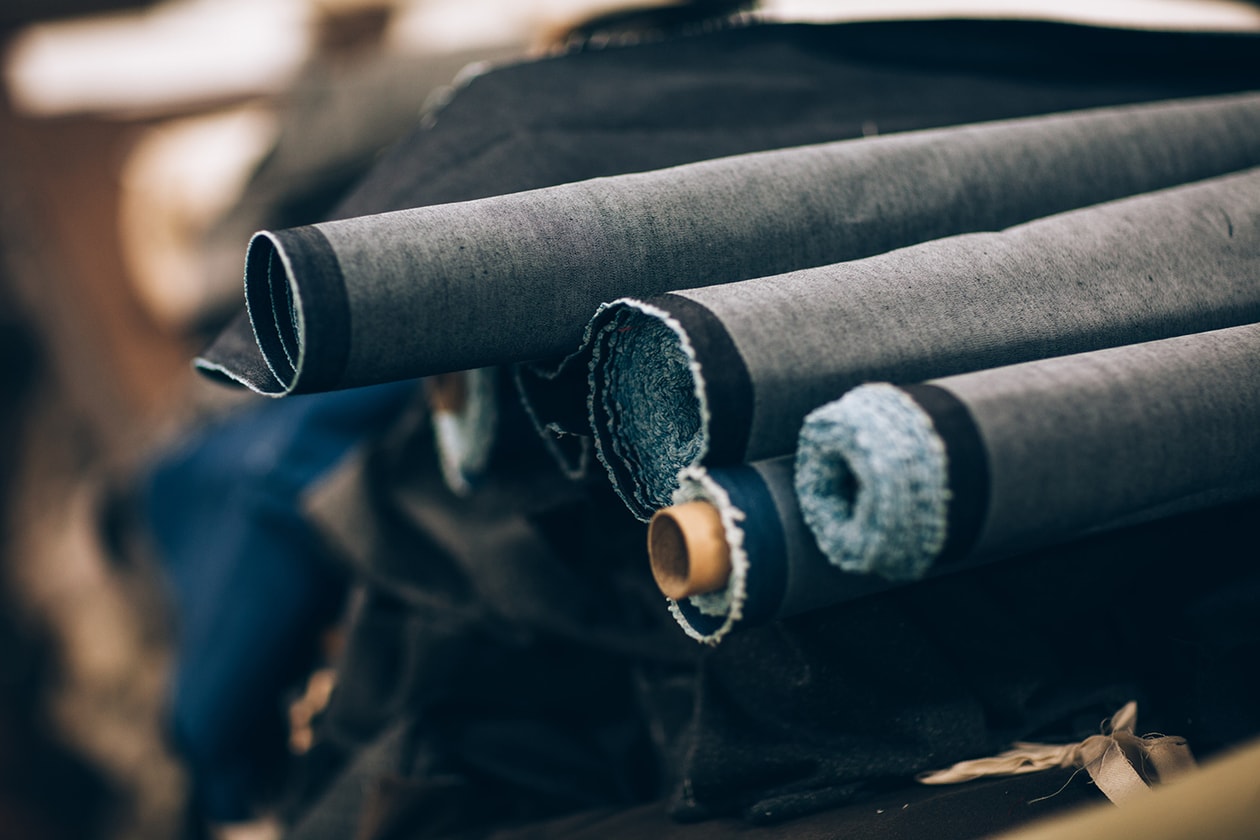
Why did you shoot your lookbook on the iconic “Jeans Street” of Kojima, Japan?
All the major denim brands are there – Kamikaze Attack, Japan Blue. They’re the guys that made Kojima into the denim capital of Japan. Even though the fabric mills are not in Kojima, you have dye vats and manufacturing houses there. The oldest factory in Kojima has been there for over 100 years, way before the start of denim in Japan. We’re talking about the times when Kojima was known for manufacturing uniforms. And this place stuck around, ended up changing with the times and becoming a denim place. You wouldn’t think to be able to walk into a factory and see so much history. The cutters’ and sewers’ hands are dyed blue from indigo. Denim is part of their lives, and you simply can’t find that anywhere else. Just looking through the pictures, you can see how denim culture is ingrained in such a tiny place – they literally painted selvedge edges at the sides of the streets.
You’re obviously very passionate about Japanese design, but do you look to any specific designers for inspiration?
I love what Gosha Rubchinskiy is doing. I think he’s doing something very similar to me in the sense that a lot of people look down upon Russia’s Communist era, but he’s coming to celebrate that time. He’s not trying to redesign or change Russian style he’s trying to take what they have into the present while staying true to their core. I think visvim also redesigns American classics in incredible ways. [Designer Hiroki Nakamura] is basically doing what I’m doing for Japan – I’m trying to reimagine Japanese classics because I grew up in North America, while he’s looking at North America and redesigning it with his Japanese background.
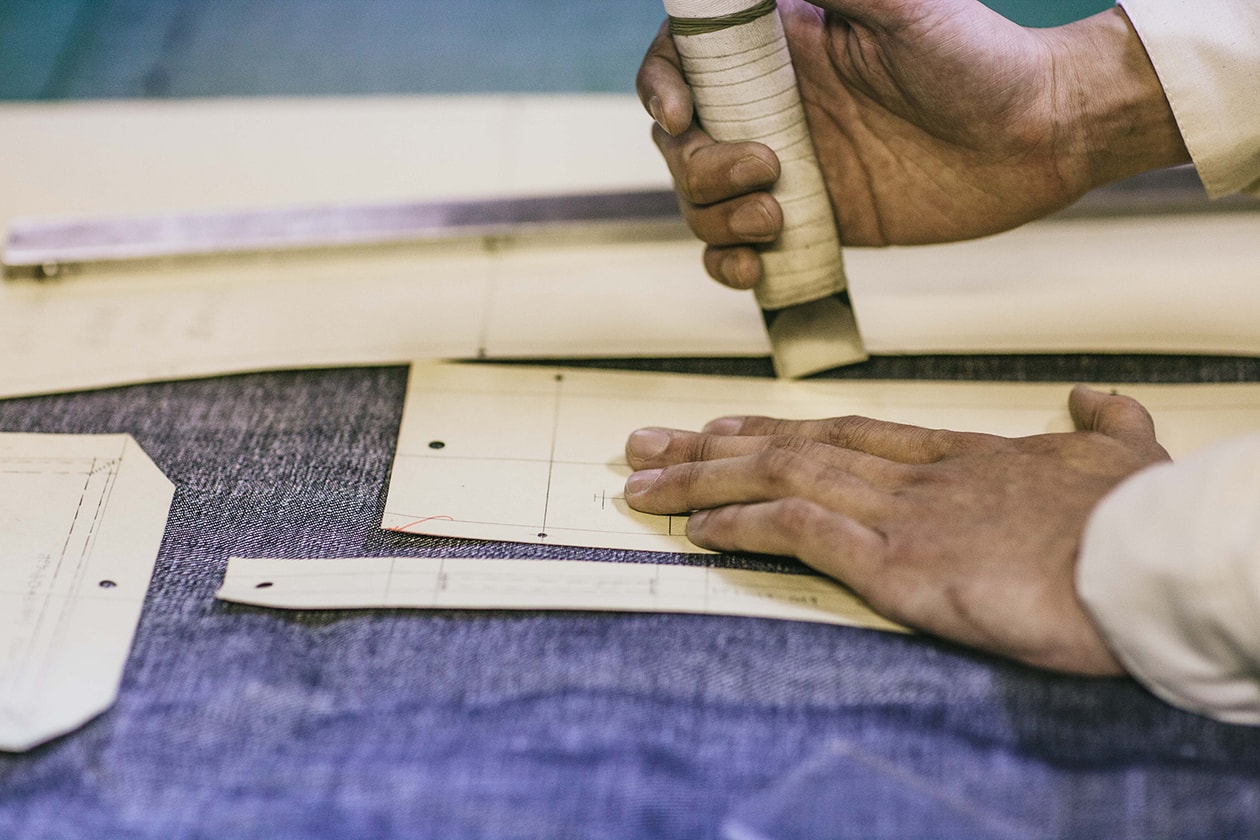
Are you mainly focusing on small batch production for now?
It’s just the way it is. Because the textiles that we use can only be produced in limited quantities – 200-600 meters if you’re lucky – we simply can’t make too many of anything. But because the mills only produce such small quantities, they end up creating exclusive fabrics that they’re only looming for us.
What’s next for The Common-Folk? What kind of direction are you looking to go in for future collections?
Spring/Summer 2017 is going to be our first complete collection. It’s about 21 pieces in total, introducing a whole new range of silhouettes including outerwear and a signature footpiece, celebrating Japanese culture with a heavy emphasis on the fabrics themselves. A lot of the collection will be denim, but we don’t want to come off as a denim brand. It’s the culture and history behind the denim that we’re trying to promote.
We’re also working towards our own concept store, and we’re hoping to launch in time for the Spring/Summer 2017 collection. We’ll be producing a lot of our garments there, and it’ll be a way for people to see what goes on behind the scenes. My vintage Japanese clothing collection will be on display, including many of the historic pieces that were our sources of inspiration. It’ll be a place to understand what the brand represents and where we’re going with it.
Shop the The Common-Folk‘s Spring/Summer 2016 Collection now on HBX.

